Contact: ecc11-org (at) nonlineaire.univ-lille1.fr
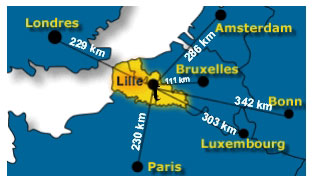


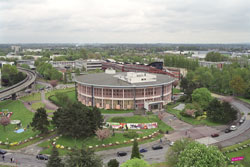

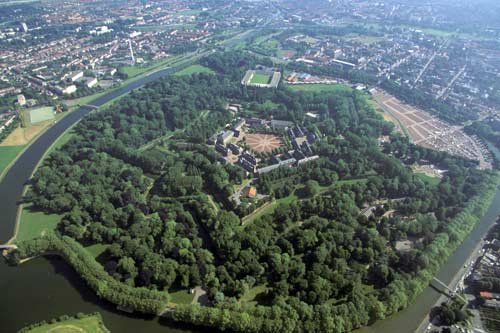


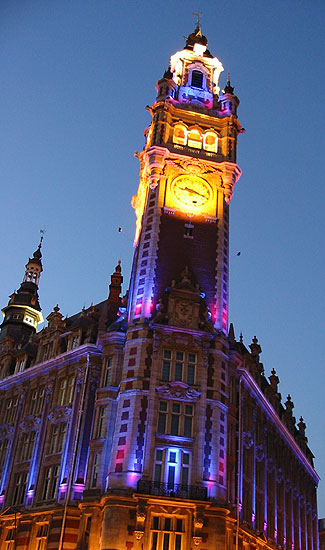
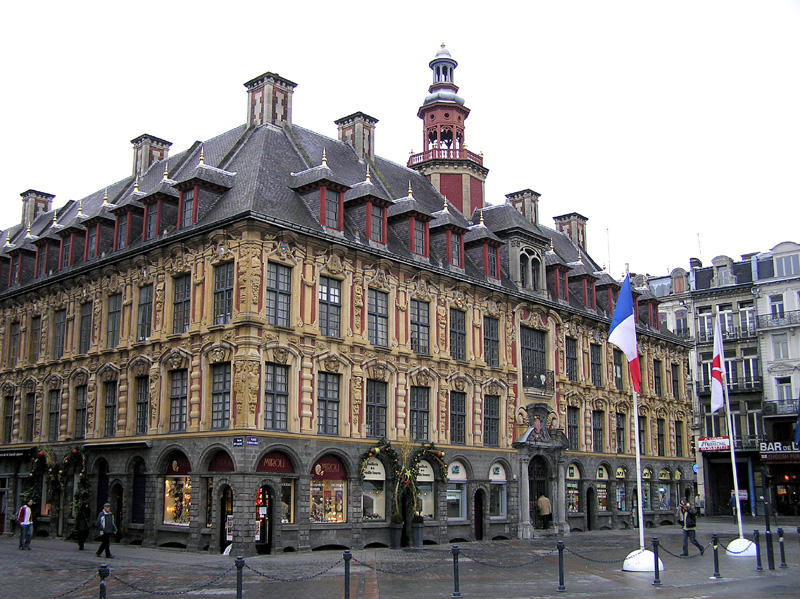
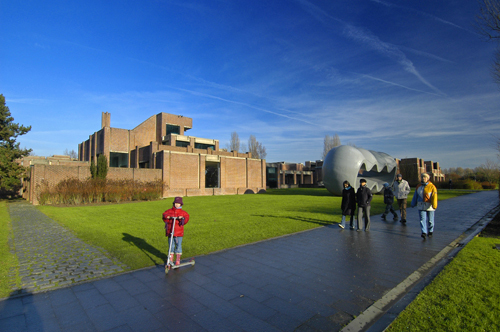




Nick TUFILLARO
Department of Biological and Ecological Engineering, Oregon State University, Corvallis, Oregon
http://www.linkedin.com/in/nicholastufillaro
Nick's work applies nonlinear dynamics and computational science
to extract insights, models, and metrics from experimental measurements.
His focus is on solving real-world
engineering problems ranging from the test and modeling of
industrial electronics (HP, Agilent),
development of efficient mixing tanks for stirred chemical
reactors using chaotic advection (DOW),
and field-based systems to monitor complex stream flows using
fiber optics (Oregon State, SelkerMetrics). He has authored three books,
about 50 papers,
and holds 10 patents related to the measurement and modeling of nonlinear
systems.
Nonlinear network analysis of electronic systems: theory and practice
(Linear, Electrical) Network analysis is, in its essence, a frequency domain stimulus-response testing procedure which uncovers a (linear) model for an electronic device [1]. The model --- the so called 'Transfer Function' --- is built directly on experimental measurements, and systems that perform these measurements in a routine manner are called 'Network analyzers'. They are an essential tool used for the design and test of electronic components and systems.
Digital communications protocols, at the heart of the explosion in wireless communications, have forced engineers to move beyond linear network analysis to nonlinear electronic test, characterization, and modeling --- and tackle issues arising from high frequency nonlinear stimulus-response measurements. Further, the measurement results must be captured in a compact model which can be integrated into electronic circuit simulators. In the theory part this talk I explain how mixed frequency/time domain extensions of embedding theory provides a theoretical framework for nonlinear measurement and modeling [2,3,4].
After a decades worth of research and development, nonlinear network analysis is now available for the engineering mainstream that make use of new electronic instruments such as Agilent's Nonlinear Vector Network Analyzer (NVNA), which is capable of characterizing nonlinear components from 9 Khz to 50 Ghz, and automatically creating a nonlinear model that runs efficiently in electronic circuit simulators [4]. In the practice part of the talk I describe the how the NVNA experimentally captures and encapsulates the nonlinear performance of an electronic device in and how this is helping engineers build better and cheaper devices like cell phones [5].
[1]. N. Tufillaro, A dynamical systems approach to behavioral modeling, (HP
Technical Report, HPL-1999-22).
[2]. D. Walker, N. Tufillaro, and P. Gross, Radial basis models for feedback
systems with fading memory, IEEE Transactions on Circuits and Systems I,
vol. 48 no. 9 pages 1147-1151, September 2001
[3]. J. Wood, D. Root, and N. Tufillaro, A behavioral modeling approach to
nonlinear model-order reduction for RF/Microwave ICs and Systems, IEEE
Transactions on Microwave Theory and Techniques, Vol. 52, No. 9, September
2004, 2274-2284
[4]. D. Root, N. Tufillaro, J. Wood, and J. Verspecht, Method for generating
a circuit model, United States Patent 7,295,961, (2007).
[5]. J. Horn, D. Gunyan, L. Betts, C. Gillease, J. Verspecht, and D. Root,
Measurement-based large-signal simulation of active components from
automated nonlinear vector network analyzer data, Microwaves,
Communications, Antennas and Electronics Systems, 2008. COMCAS 2008 IEEE
Conf. (2008).